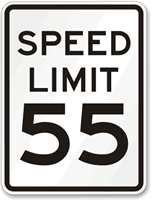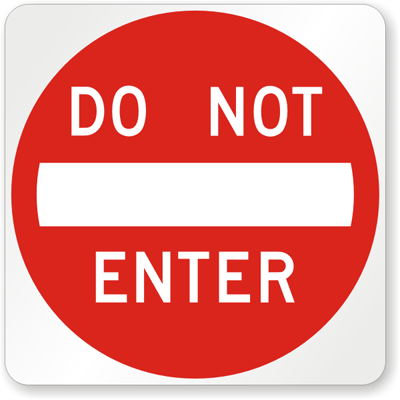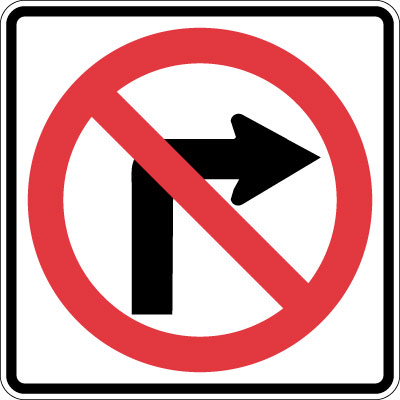Image Source: Pinterest
“Man is born free; and everywhere he is in chains.” (J. Rousseau, “The Social Contract”)
For the most part, we all hate rules. Whether they are personal rules or business rules, the idea of having to follow rules that someone else created irritates us at some point. Even if we understand that the rules have been set up to benefit us, there are times when our nature is to resist or challenge those rules.
Image Source: RoadTrafficSigns
How often do we see the speed limit sign and intentionally ignore it? Yet, for the most part, we typically won’t ignore the other ones posted above. Why? What makes us choose to ignore one and obey the others? I think that the reason is because we treat the speed limit as a suggestion with no real consequences, while we know that the others could potentially have deadly consequences. If we choose to ignore the Do Not Enter, we could get a ticket, but we could also have a head-on collision with another car and suffer injury or even death. Those thoughts are in our mind, and help us to obey the law.
Traffic rules and laws for the most part have been created for our benefit. As much as they can frustrate us at times, in general, they provide us with a safer environment. A big part of the reason for this is that the rules apply to everyone. Because we know that everyone is expected to follow the traffic rules, then we can have an expectation of how other drivers will behave. At the same time, if we choose to follow the rules, instead of being suppressed, we gain a freedom of sorts.
“The modern man says, ‘Let us leave all these arbitrary standards and embrace unadulterated liberty.’ This is, logically rendered, ‘Let us not decide what is good, but let it be considered good not to decide it.’ “ (G.K. Chesteron, “The Heretics”)
Only by knowing and understanding the boundaries within which we can freely operate, will we be truly “free”. This is the exact reason that there is a reduced speed limit posted for a sharp curve in the road. By driving within the constraints that are established, we can be safe to make the journey on the road.
Within Enterprise Architecture, and in Business in general, the same philosophy applies. Rules (Governance) are in place to help us achieve our maximum potential. Back in week 4, we talked about Guiding Principles providing a “nudge” as we navigate the path of business strategy decisions. Governance now adds an additional layer of guidance in providing the absolute boundaries that we need to operate within. As we travel down the road of EA Implementation and Business Strategy, our guideposts (Guiding Principles) help keep us on the right track while the traffic rules (EA Governance) help to keep us within the accepted parameters of operations.
Image Source: RoadTrafficSigns






